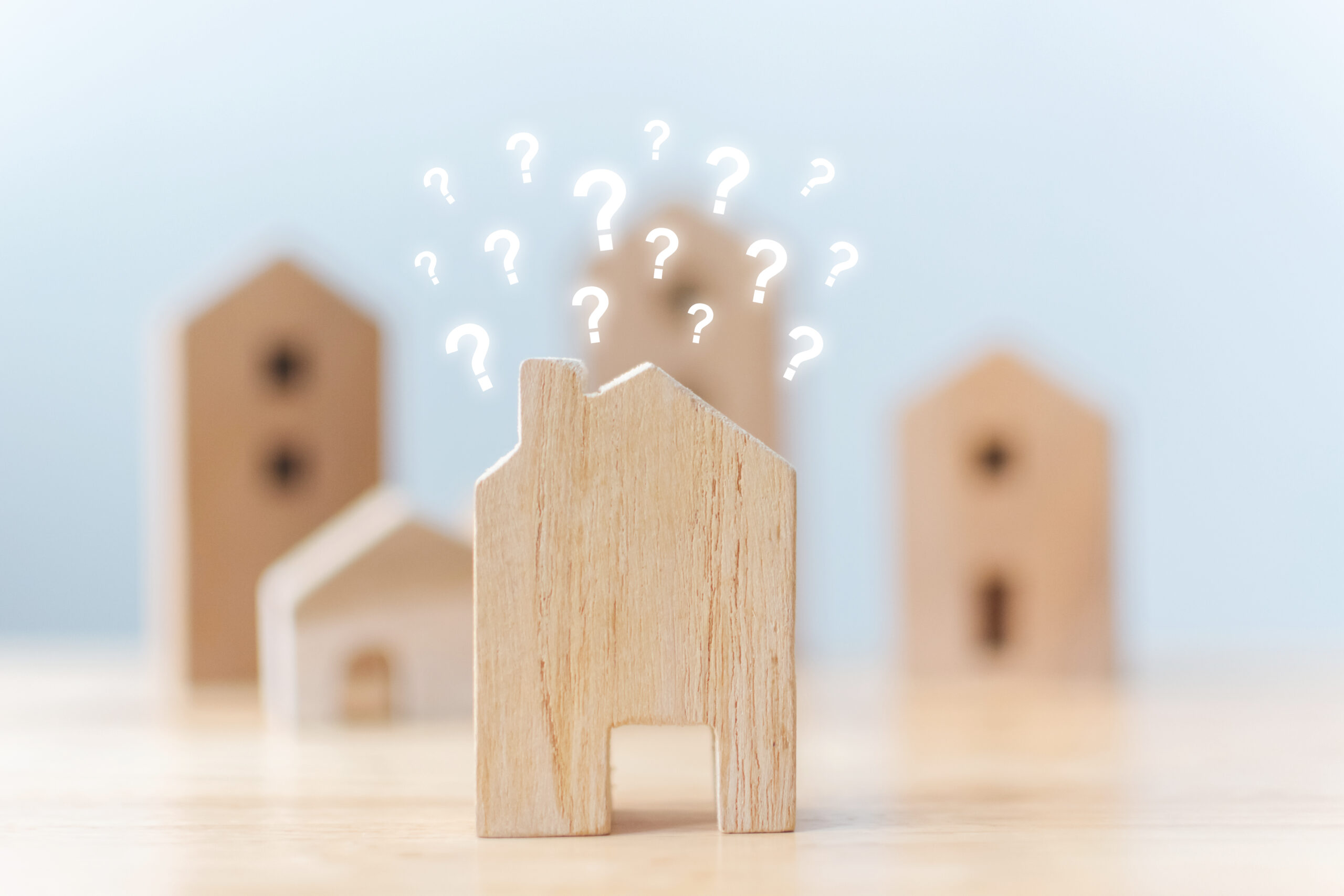
23 Nov Buying a property: issues with the property
- A property you are interested in buying might have problems. Your chances of obtaining a mortgage may be affected by some of these factors, while others may cost you more money in the end. If you’re buying a home, you should know what to watch out for – and what mistakes to avoid.
Things we will consider:
- List of properties lenders may not like
- What you should look for when buying a house
List of properties lenders may not like
Home of unusual construction – can be any structure that isn’t brick and mortar. Even today, you can find homes constructed with wattle and daub, cob, concrete or timber frames that are sometimes covered with asbestos cement.
High-rise flats – the former council flats in tower blocks, particularly if they have problems with lift maintenance or where many of the flats remain under the authority of the local authority.
Buildings with cladding – a fire safety certificate is required for any building over eighteen metres high that has Aluminium Composite Material (ACM), also known as cladding. Lenders have been valuing homes at zero and rejecting applications because of the disagreements over who is responsible for getting these.
Flats over shops, restaurants, and offices – your property may be accessible to others if they have the right. Properties like this are particularly difficult to value.
Short leaseholds – in many cases, flats are leasehold, meaning you own it for a set period. If you plan to buy a property with a lease of 80 years or less, you might want to consider extending the lease. Discover the difference between leasehold and freehold in our guide Leasehold vs. freehold: What’s the difference?
New build properties – it is common for lenders to value newly built properties lower than the asking price, so you will need a larger deposit. There may be exclusive deals available from the developer. Check out our guide Government schemes for first-time home buyers and existing homeowners.
Brownfield sites – former industrial land can pose problems for properties because it may be contaminated. To prove that the property has been decontaminated, you will need to have your solicitor check the certificates.
Too close to the sea – you may find your new home dangerously close to a cliff edge due to coastal erosion.
Character homes – a specialist lender might be able to grant a mortgage to converted lighthouses, windmills, churches, schools, and pubs.
Grade 1 listed properties and thatched houses – because of the expense of repairs and rebuilding, they are less attractive to mainstream lenders, who are also concerned about fire risk.
Things to look for when buying a house
When searching for a house, be aware that the property may not be as desirable as it appears. In terms of buying a home, there are many mistakes you can avoid if you look beyond the décor.
There might be repair bills and hidden problems including:
- damp
- faulty electrics
- noisy neighbours
Inside the property
Check for problems that may be costly to remedy, such as:
- damp
- a property with old-fashioned plugs and switches may require rewiring an old boiler
- rotten window frames
Consider bringing a friend, family member or trusted builder who is familiar with repairing properties with you when you visit the property.
You can find out how much it will cost to fix any obvious problems by contacting a builder. This can then be used as a bargaining tool to ask the seller to lower the price.
Do not be afraid to ask when the wiring and roof were installed or when the boiler was installed and if there have been any renovations.
Outside the property
Check the surrounding area – get a feel for the area by looking at the neighbouring streets, pubs, and shops.
Guttering and roof tiles – make sure that there are no missing sections that could cause leaks.
Visit at various times of the day – there may be little activity on your street during the day, but it might be very noisy and congested during rush hour.
Subsidence – do nearby trees have the potential to cause subsidence issues?
Parking permits – is a parking permit required? The current owner can tell you how much it is. If you do not have off-street parking or a garage, is it difficult to find parking?
Is the property in a flood zone? – it can be difficult and expensive to find insurance for previously flooded homes. If you cannot get insurance, you can’t get a mortgage.


